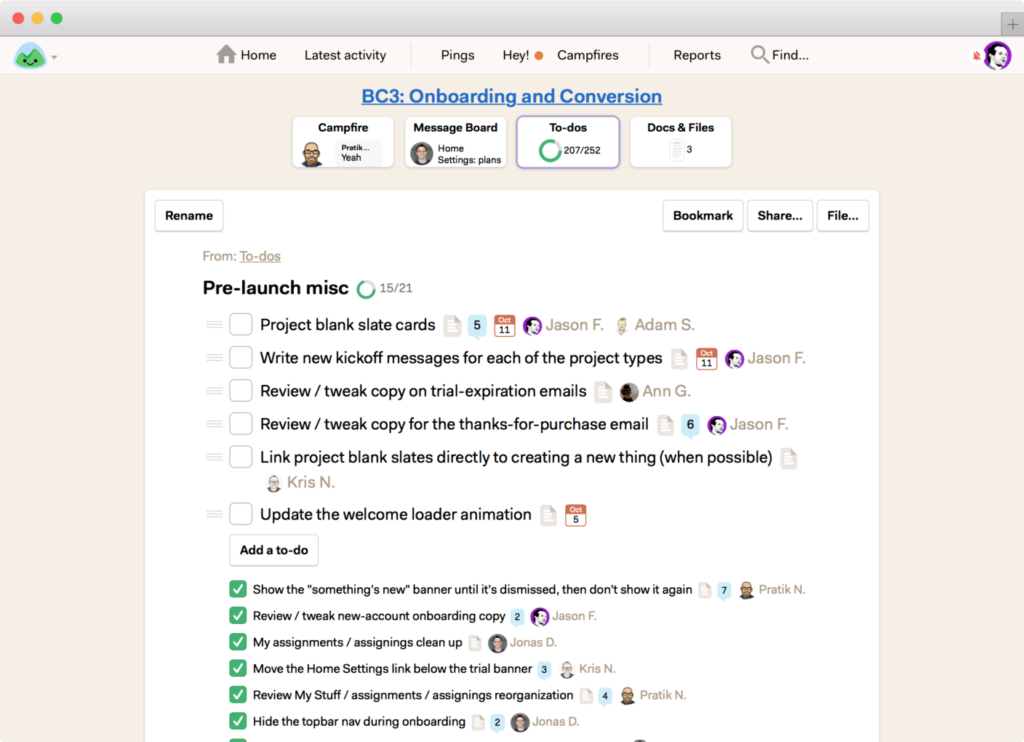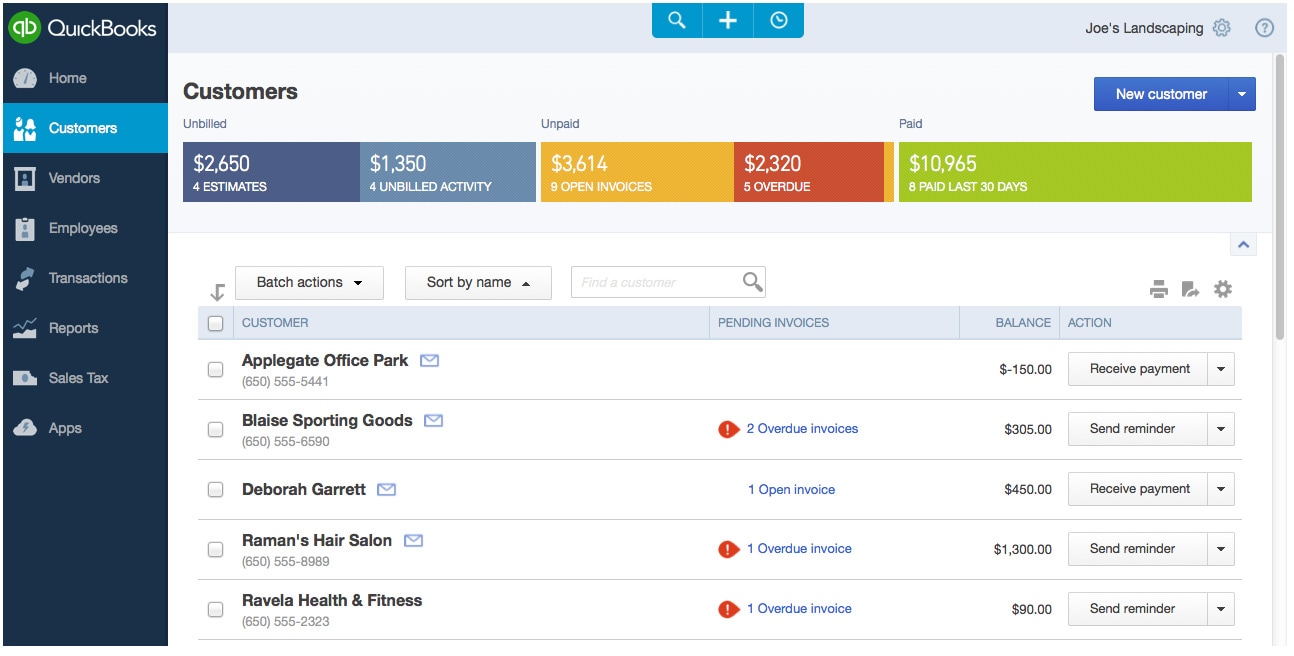Using Business Process Transformation to Boost Productivity
Revolutionize your business processes with AI-powered automation. Boost efficiency and ROI.
Summary
- Ford cut accounts payable staff by 75% with a simple database - Their 500-person department matched three separate documents manually (purchase orders, shipment receipts, vendor invoices), but switching to an internal database for cross-referencing eliminated the need for most clerks
- Business process management software went from six figures to free - Until recently, BPMS cost six-figure installations taking months, but modern cloud tools like Tallyfy now let companies start for free and see benefits immediately through process automation, enforcement, and introspection
- Three essential tools drive transformation - Project management software (like Basecamp) provides accountability and top-down task views, BPMS takes workflows online with automation, and accounting software (like QuickBooks) eliminates calculation errors and generates reports instantly. Start transforming your processes with Tallyfy
Digital Transformation has been taking the world by storm. The vast majority of CEOs now place digital transformation at the center of their company strategy.
Business process transformation is a digital transformation - it means changing and improving your business processes by using new technology.
Transformation is not your average business process improvement (BPI) initiative. With BPI, you’re usually making minor changes to any given process. For example, that could mean removing a step, changing process structure, etc.
With business process transformation, you’re using new tech to fundamentally change how the process is carried out.
3 tools for business process transformation
There are a lot of ways to achieve business process transformation. This, of course, depends on what your company does, what kind of processes you’re looking to digitize, etc.
You could, for example, digitize your sales processes by using SalesForce to manage everything.
Or, you could adopt accounting software, such as QuickBooks, to simplify your accounting processes.
There’s countless software out there to help transform any given business process. For the purpose of this article, we’ll cover 3 such tools for different must-have processes (project management, process management, and accounting), as well as a case study on how Ford Motors transformed their accounts payable division.
Project management software
Without the right software, the process of project management can be hard and time-consuming.
While a physical Kanban board is useful, it’s not helpful with accountability. The same goes for physical project management tools as a whole - the Gantt chart, for example, helps set out a timeline. But it doesn’t make sure that your employees are doing the right work.
Project management software completely transforms the process of running a project team.
Offline, the project manager would have to constantly check in with his or her team, ensuring that the right work is being done. Project management software does this for you.
Rather than having to systematically check on different deadlines, you get a top-down view of all the tasks (and information on whenever they’re due).
One of our favorite tools is Basecamp. The software is easy to start with, even if your employees aren’t that tech savvy.

Business process management software
Every company is based on business processes, whether they’re implicit (they’re just there) or explicit (strictly defined procedures).
Business Process Management Software (BPMS) is an essential tool for business process transformation. In a nutshell, it helps take your workflows online.
The software can be used in a number of different ways:
- Introspection - The software stores your process maps.
Meaning, you can look down on your processes and figure out how to improve them. This matters more than you’d think. One e-commerce company running product launches, onboarding, and inventory audits through process software found that simply having visibility into bottlenecks - knowing exactly where things got stuck - changed how their design and operations teams collaborated. 2. Automation - BPMS automates the task-communication between your employees.
So for example, an employee finishes a given task. The person who’s supposed to do the next task is automatically notified by the software.
- Process Enforcement - It’s hard to make new processes stick. The software ensures that your employees are following the best-practice process and not deviating from it.
All this can lead to more efficient processes, something that has an impact on both company productivity and bottom line. An enterprise consumer products company transformed their project request workflow by routing estimates through 6 different teams simultaneously instead of sequentially - what used to take weeks of back-and-forth now happens in parallel with automatic aggregation.
And to put the icing on the cake, modern BPM software is significantly cheaper than legacy enterprise solutions. Traditional BPM used to cost six-figures to install, as well as taking several months.
Now, you can start off for free and see the benefits of process management in your own organization.
Want to learn how to pick the right BPM software for your business? Learn what features make certain BPM solutions stand out from the rest!
Accounting software
For any organization that has an in-house accounting team, using the right software is essential.
Specifically, accounting software helps with:
- Accuracy - You can always mess up a manual calculation. In the world of finance, a minor mistake on the accountant’s part can turn out to be very costly for the organization as a whole. The software does all the number-crunching for you, completely minimizing any chance for human error.
- Speed - Accounting software can automate a big chunk of an accountant’s menial work. So let’s say, for example, you want to calculate sales tax on all of your transactions. Your average accountant would spend hours, possibly days, doing this. The software, on the other hand, can do it almost instantly.
- Easier Reporting - Creating any sort of report can be very time-consuming for an accountant. Most accounting software allows anyone from the company to automatically generate most types of reports they could ever need.
So, if you want to completely transform your accounting processes, give it a try.
At Tallyfy, we prefer to use QuickBooks; one of the most reliable and popular tools out there.

Case study: How Ford transformed its accounts payable department
In the 1980s, the American automobile industry was in a depression. Most organizations were taking a big hit, having to lay off a lot of their employees & cut on their spending.
Ford was no exception - the company was desperate to minimize their spending. So, the management decided to really dig into their processes and root out any inefficiency.
One of their key findings was that their accounts payable department was overstaffed - it consisted of over 500 people. For a point of reference, the same division at Mazda (Ford’s partner company) probably had only 5 employees.
The reason for this, as the company eventually found out, was that their accounts payable processes were extremely inefficient.
The way their existing system worked was as follows:
- Whenever the purchasing department makes an order, they send a copy of the order receipt to accounts payable.
- Once the material control receives the shipment, they send a copy of the shipment receipt to accounts payable.
- At the same time, the vendor sends out a receipt for the goods to accounts payable
- The employees at accounts payable would then be tasked with matching the three separate documents (order, shipment and vendor receipts), and only then would the shipment be considered complete. As a given, this ended up taking a lot of manpower, since matching was done manually.

To fix this, Ford used business process transformation - they started using an internal database to streamline the process. The system they put into place was as follows:
- Whenever the purchasing department makes an order, they submit the receipt to the database.
- The material control receives the shipment. Then, they cross-reference the shipment receipt to the order receipt through the database.
- If there’s a match, material control marks the order as complete.

This way, there was no need for a lot of manpower in the accounts payable department. Once the order is marked complete, there’s no need to cross-reference 3 different types of receipts.
As a result of the new process, Ford managed to reduce their total number of employees within the department by over 75%. This allowed the company to survive the rough times without much trouble.
Conclusion
Now that you have a good idea of how business process transformation works, you can start applying it to your own business.
Whatever processes you’re working on, there’s always a tool out there that can help (even if it’s for something that we haven’t covered).
Have you done business process transformation in your own company? Is there any software that you’d recommend? Let us know down in the comments!
About the Author
Amit is the CEO of Tallyfy. He is a workflow expert and specializes in process automation and the next generation of business process management in the post-flowchart age. He has decades of consulting experience in task and workflow automation, continuous improvement (all the flavors) and AI-driven workflows for small and large companies. Amit did a Computer Science degree at the University of Bath and moved from the UK to St. Louis, MO in 2014. He loves watching American robins and their nesting behaviors!
Follow Amit on his website, LinkedIn, Facebook, Reddit, X (Twitter) or YouTube.

Automate your workflows with Tallyfy
Stop chasing status updates. Track and automate your processes in one place.